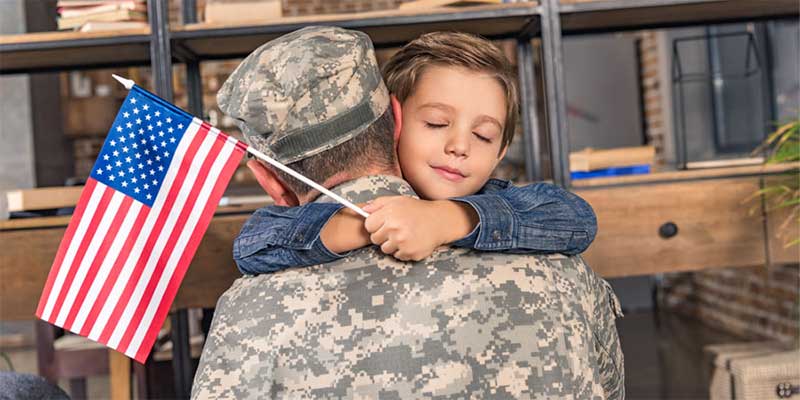Educational News
Schools Replacing Detention with Meditation

One of the greatest challenges in any school is when and how to discipline students who exhibit poor behavior. We’re all familiar with the idea of detention, and in extreme case, suspension, as a form of punishment for disruptive students. But some schools in the U.S. are experimenting with a radical new form of discipline aimed at teaching students better coping skills to help deal with the conflicts they encounter in class.
At Robert W. Coleman Elementary School in Baltimore, students who act out aren’t sent directly to the principal’s office. Instead, they’re sent to the school’s meditation room. The Mindful Moment Room, as it’s called, is a place where students can sit quietly, not to be punished, but to think and breathe and calm themselves after a rough interaction with another student or a teacher. Carlillian Thompson, Coleman’s principal, reports students hardly get sent to her office anymore. Through meditation, most students are able to regain a sense of calm, and return to their classrooms and their work.
Coleman isn’t just using meditation for discipline. It is one of a handful of schools that have actually incorporated mindfulness into the regular school day. Every morning, an announcement over the intercom leads students in 15 minutes of guided meditation. The idea is to set the tone for a productive day.
They have a similar practice at Burton High School in San Francisco. A few years ago, Principal Bill Kappenhagen extended the school day at Burton by 30 minutes to accommodate daily meditation for the students. The program, called Quiet Time, is part of a partnership between the San Francisco Public School District and the Center for Wellness and Achievement in Education. Since the program’s inception, the school reports a 75% decrease in suspensions. Burton is one of four schools in San Francisco currently participating in the program.
Schools like Coleman and Burton aren’t simply experimenting with new forms of discipline. In the last few years, research has supported the idea that meditation and mindfulness practices can have all sorts of benefits for children. In one study, children between 9 and 13 years old had less anxiety and were better able to pay attention after participating in mindfulness-based therapy. Of course, there’s lots of research showing that meditation has physical and mental benefits for adults. The question for many researchers and educators is whether children can marshal those same benefits to improve their behavior and do better in school. At schools like Coleman and Burton, teachers are finding that mindfulness is a promising alternative to old-fashioned kinds of discipline, and may teach students skills that they can use to cope with life’s challenges beyond the classroom.


